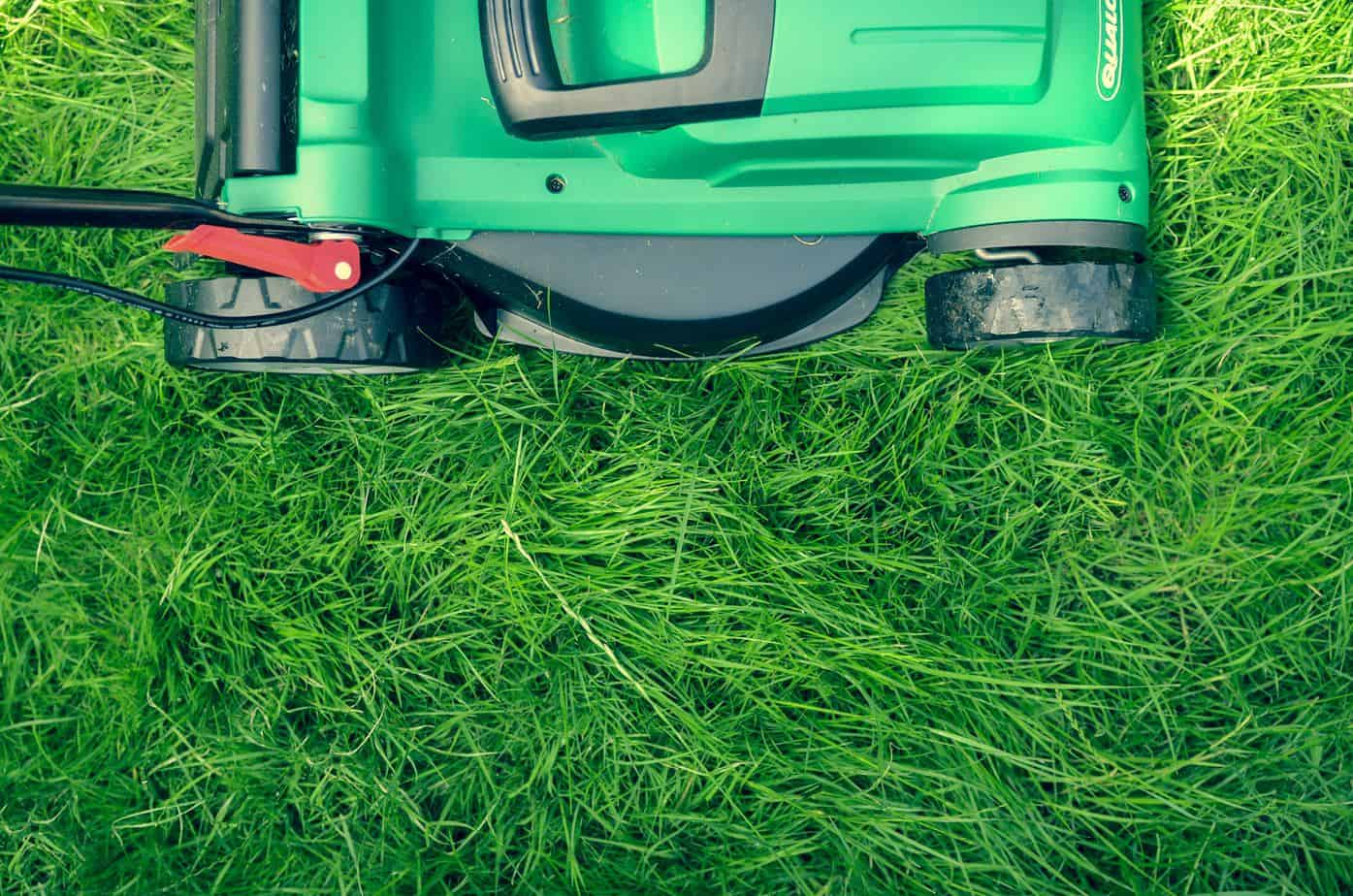There are many ways to beautify your garden yet one of the most integral aspects is often overlooked. The sanctity and importance of the common garden lawn is akin to the living room of a house; it’s where you’ll host barbecues, garden parties, play hide and seek, create fun waterslides and all sorts of other fun summertime activities.
The garden lawn is one of the most central features of your garden and one of the most noticeable areas of neglect should you not keep on top of it.
This article provides a simple overview of the two most important elements of caring for your lawn – watering and trimming, however, there’s one advisory note before we begin, which is to ensure your lawn is well protected; as an example you don’t want people walking over your lawn as a shortcut to your front door, or having animals coming through into your garden and soiling your perfectly manicured lawn. The most simple solution is to have an attractive yet sturdy garden fence, ideally secured by concrete fence posts in order to stand up to the strong winds and flooding we seem to be getting more and more of each year.
With that said, let’s now look at the two most important aspects of keeping a healthy lawn.

WATERING
Aim to water the lawn after the sunsets in the evening or early in the morning before the sun gains strength; the myth that watering in the sunshine will turn your emerald green lawn into a scorched nightmare is mostly unfounded… it’s just wasteful, as watering in the midday sun means most the water will evaporate rather than soak down to where it needs to be. Many experts recommend watering first thing in the morning as the sun will dry the grass out within a few hours, which means there’s less chance of disease associated with the grass sitting in too much water. There’s no need to water each morning; as it’s better to water deeply and infrequently, as this approach encourages root growth and increases resistance to drought and disease.

MOWING
It can be tempting to keep your grass short but tall grass makes for a much healthier lawn. Try to avoid cutting it below two inches (5cm) as the ideal length in terms of having healthy grass is around three inches (7cm). When you’re cutting the grass, you want to be removing not much more than ⅓ of the blade of grass, as trimming any further than this can seriously damage your grass. You’ll want to mow the lawn when it’s cool and dry; especially avoid cutting the law whilst it’s wet or in the midday sun. The final point is to either leave the grass clippings on the lawn, as they decompose quickly and provide much-needed nutrients, or use the grass as fertiliser on other plants.
So, there we have it, two core aspects of keeping a healthy lawn and an alternative option that would lead to having a much less onerous weekly task; particularly good for busy people or older folk that are struggling with the physical demands of mowing the lawn.

Photo Credit: Philipp Lublasser Daniel Watson Scott Webb















No Comments